Hawaii, often envisioned as a paradise, is seeing a significant number of its residents decide to relocate. Here are 19 compelling reasons behind this exodus.
1. High Cost of Living

Hawaii has the highest cost of living in the U.S. Residents face steep prices, such as $5 for a gallon of milk and over $3.50 for a gallon of gas, making daily life expensive.
2. Skyrocketing Housing Costs
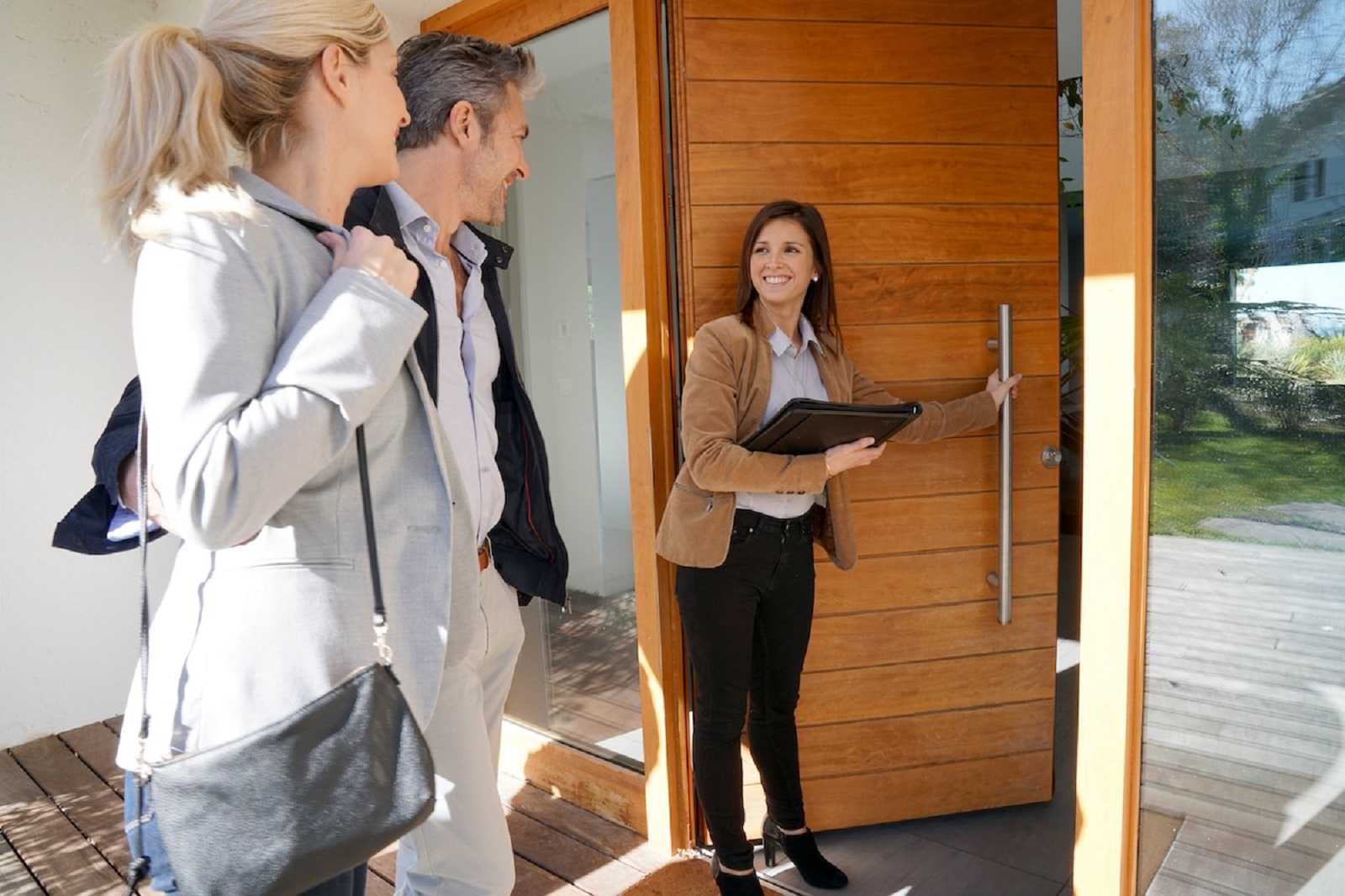
The median home price in places like Honolulu can exceed $700,000, which is unaffordable for many local families.
3. Limited Job Opportunities

Beyond tourism and military bases, Hawaii offers limited career opportunities, particularly in high-paying industries like tech or manufacturing.
4. Low Wages Relative to Cost of Living
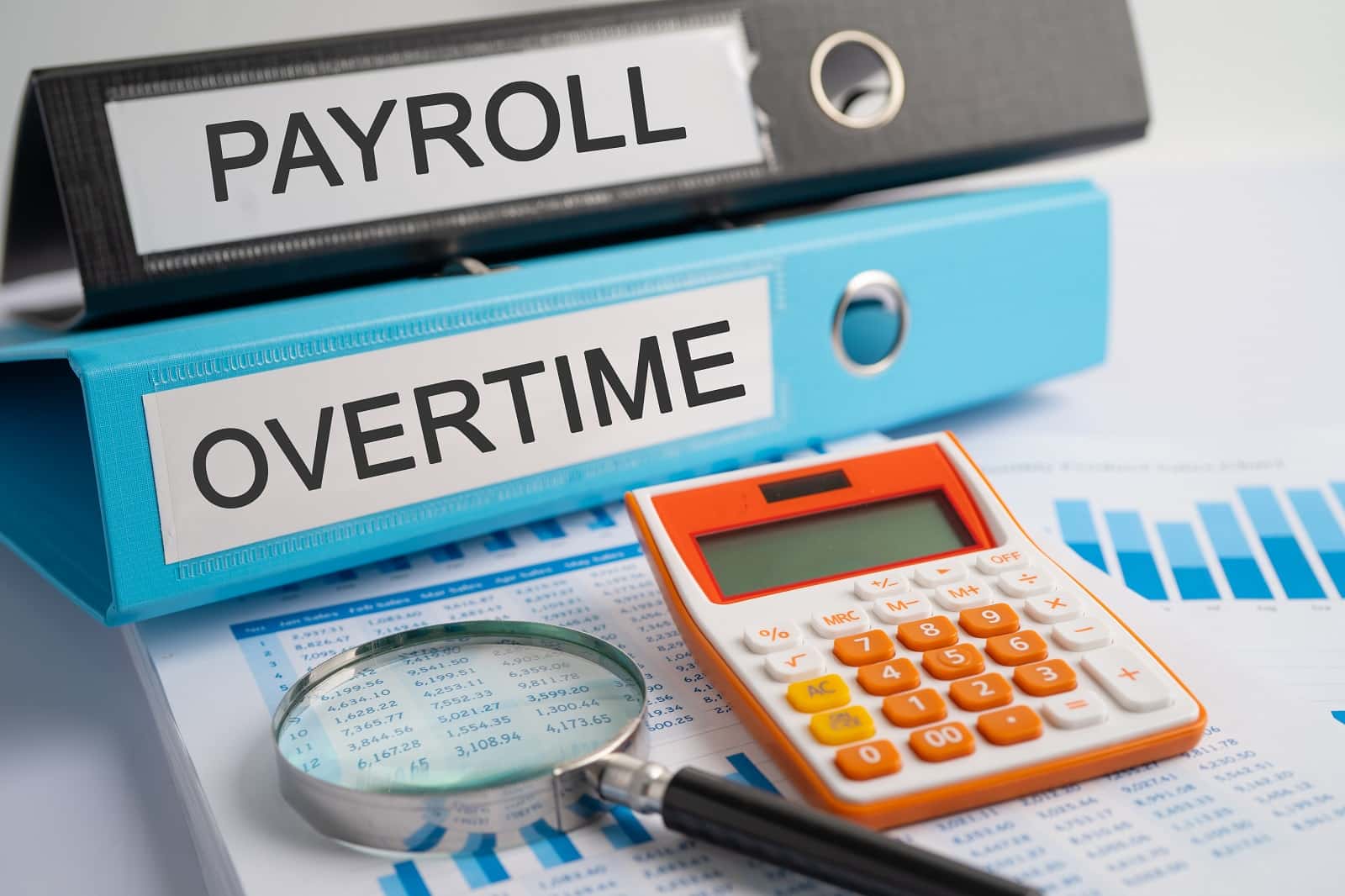
Even in sectors like hospitality, which dominate the local economy, wages often do not match the high cost of living, leaving residents financially stretched.
5. Traffic Congestion

Despite its small size, cities like Honolulu are plagued by some of the worst traffic in the nation, with commutes being long and stressful.
6. Isolation and Travel Costs

The geographic isolation of the islands makes travel to the mainland U.S. expensive and time-consuming, complicating family visits and vacations.
7. Education System Challenges

Public schools in Hawaii often rank lower in national comparisons, prompting parents to consider relocating for better educational opportunities for their children.
8. Limited Healthcare Resources

There is a shortage of medical professionals and facilities, especially on the Neighbor Islands, leading to long waits and travel to Oahu for treatment.
9. Natural Disaster Risks

The threat of volcanic eruptions, earthquakes, and tsunamis is constant, adding an element of risk to everyday life.
10. Environmental Degradation
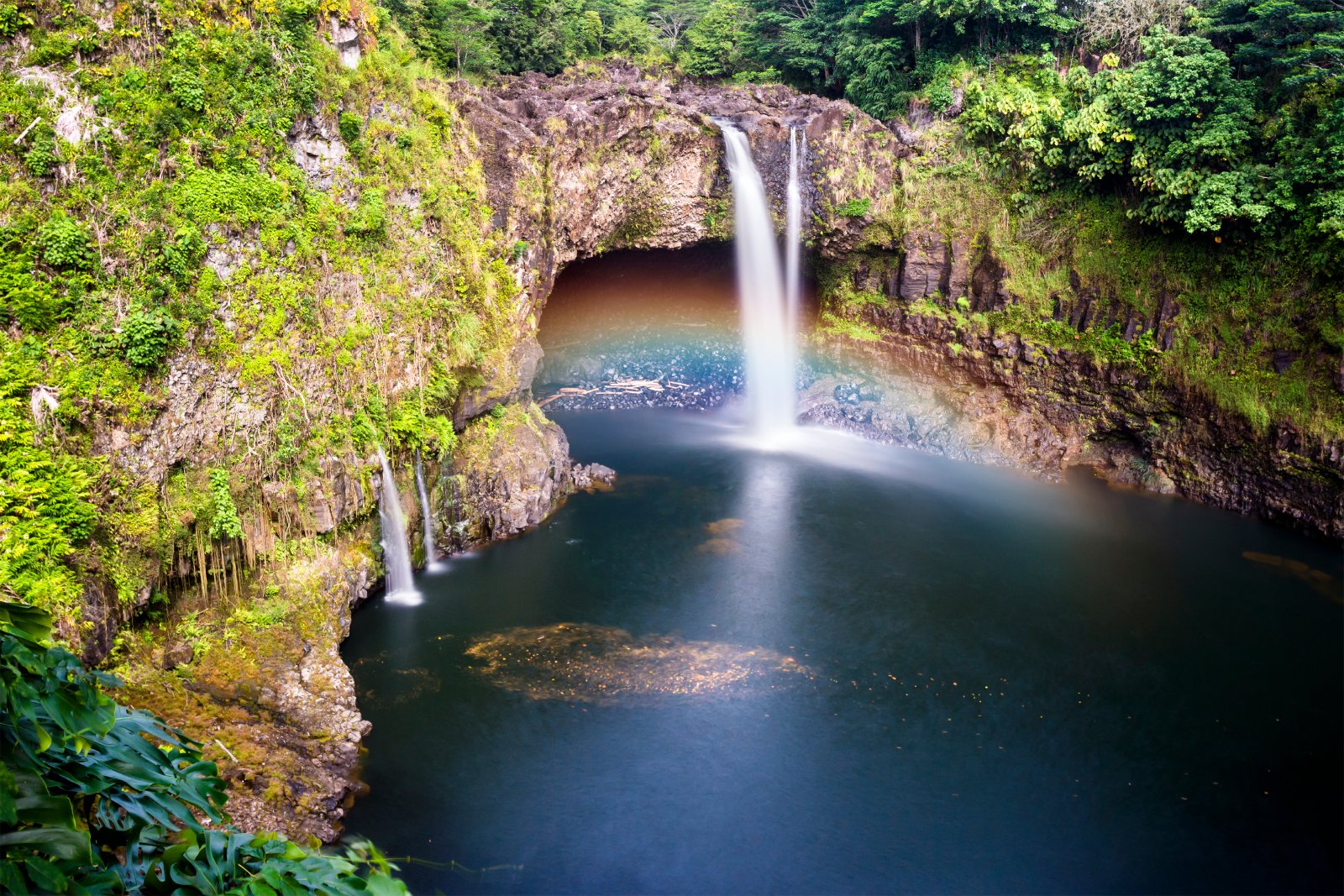
Issues such as coral reef damage, beach erosion, and pollution from tourism affect residents’ quality of life and the natural beauty of the islands.
11. High Grocery Prices

Residents pay premium prices for groceries, often twice the mainland cost, with items like bread costing upwards of $4 a loaf.
12. Influx of Tourists

The large numbers of tourists can overwhelm local infrastructure and natural sites, detracting from residents’ enjoyment of their own environment.
13. Aging Infrastructure

Hawaii’s infrastructure, from roads to utilities, is often in need of repair and struggles to keep up with the demands of its population.
14. Limited Elder Care Options

As the population ages, the lack of adequate elder care services becomes a more pressing issue, pushing older residents to move closer to mainland facilities.
15. Cultural Dilution

The influx of non-locals and the pressures of tourism are perceived to dilute Hawaii’s unique culture, causing concern among native Hawaiian populations.
16. Property Taxes

While not the highest, property taxes can be a burden, especially on top of other living costs, affecting homeownership sustainability.
17. Dependence on Imports

Almost everything is imported, which drives up costs and leaves residents vulnerable to supply chain issues.
18. Energy Costs
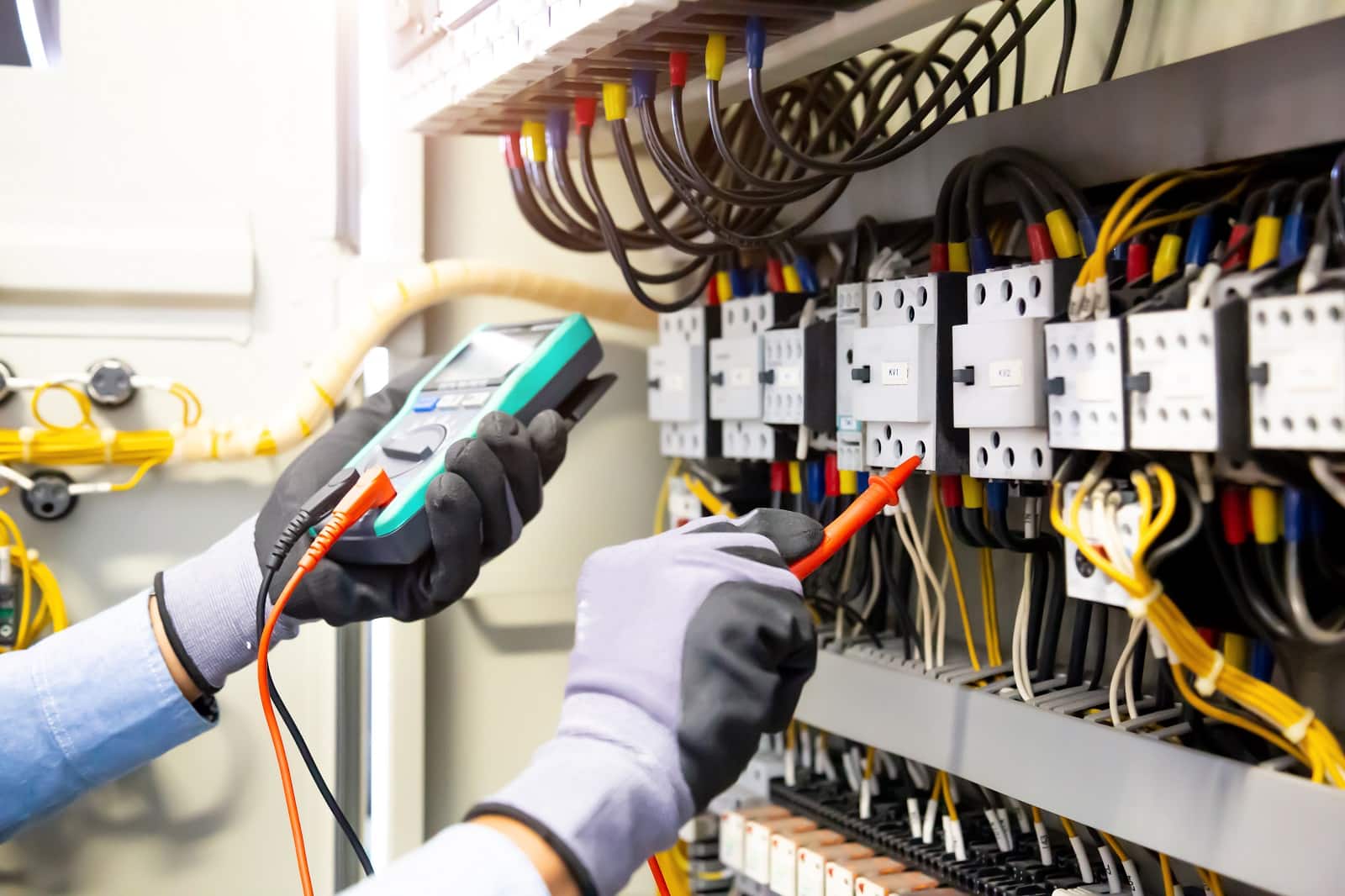
Electricity rates in Hawaii are the highest in the nation, often three times higher than the national average, significantly increasing household expenses.
19. Desire for a Different Lifestyle
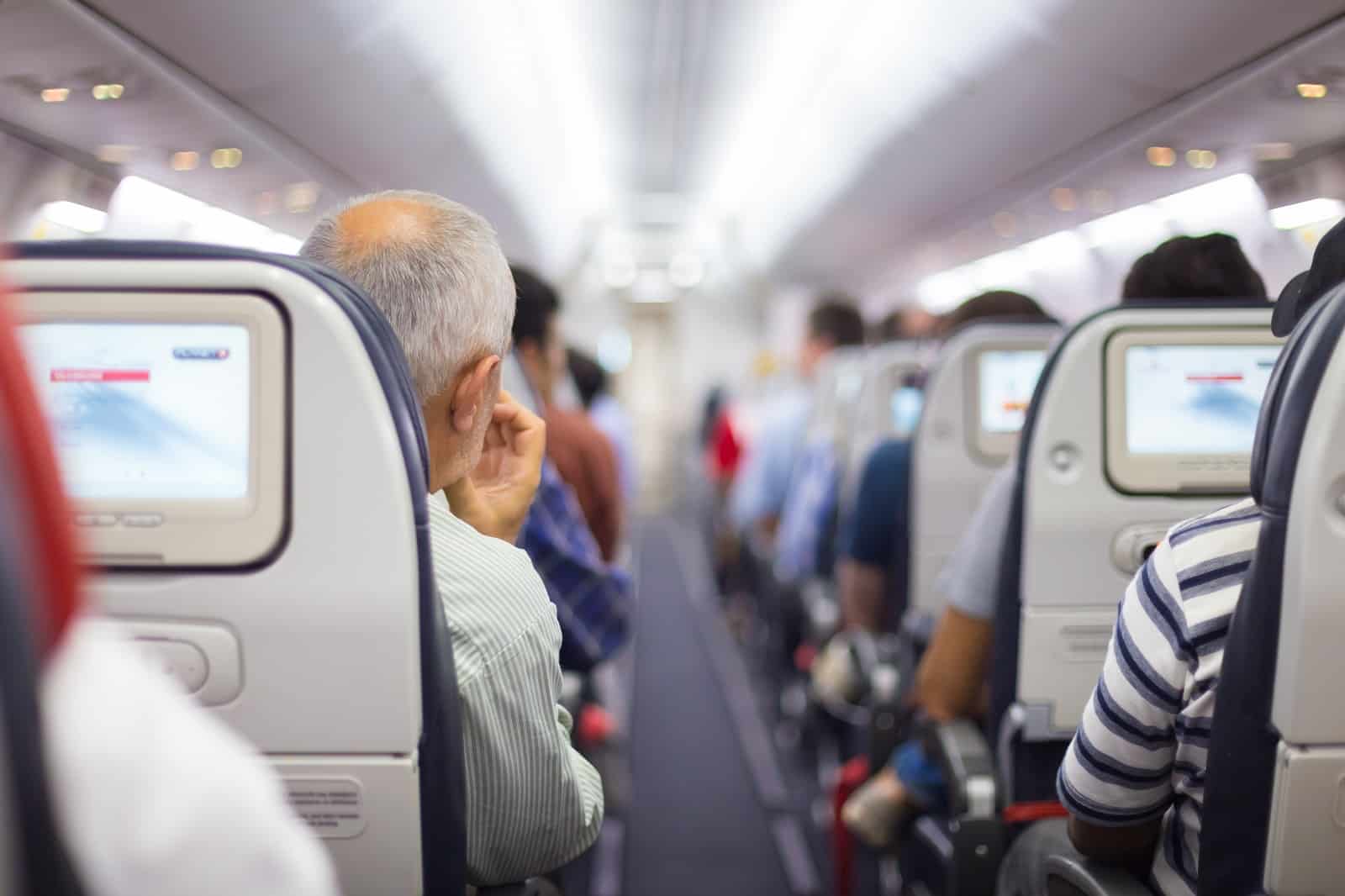
Finally, the desire for change—whether for a different climate, a new job market, or a less expensive way of life—motivates some to leave the islands.
Saying Goodbye to Paradise?

These reasons outline why living in Hawaii can be challenging, despite its beauty and culture. The combination of economic, environmental, and social factors compels many to seek new horizons beyond the islands.
The post Aloha No More: 19 Reasons Hawaii Residents Are Leaving first appeared on Pulse365.
Featured Image Credit: Shutterstock / Theodore Trimmer.
For transparency, this content was partly developed with AI assistance and carefully curated by an experienced editor to be informative and ensure accuracy.

